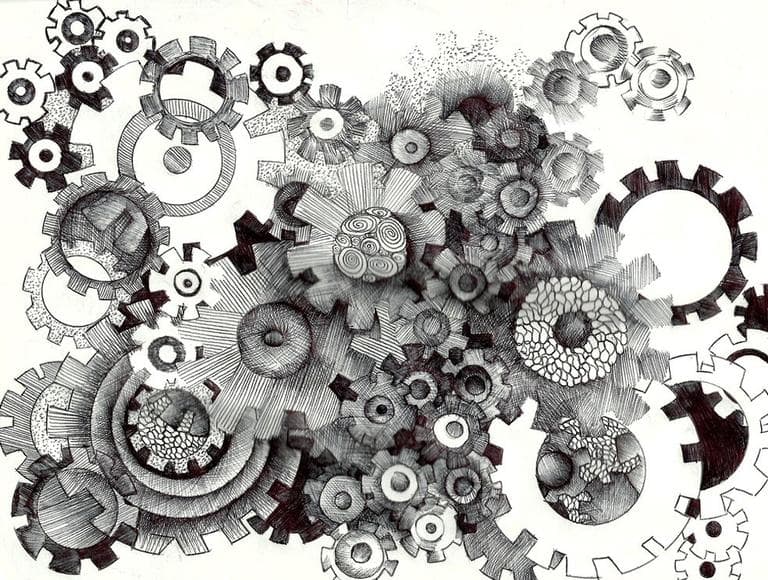Advertisement
Artificial Intelligence
ResumeA.I., artificial intelligence, is on the move again. Deep learning. Big strides. It may change the world around you.

A.I., artificial intelligence, has had a big run in Hollywood. The computer Hal in Kubrick’s “2001” was fiendishly smart. And plenty of robots and server farms beyond HAL. Real life A.I. has had a tougher launch over the decades. But slowly, gradually, it has certainly crept into our lives.
Think of all the “smart” stuff around you. Now an explosion in Big Data is driving new advances in “deep learning” by computers. And there’s a new wave of excitement.
This hour, On Point: Artificial intelligence, Big Data, and deep learning, lining up for a new era of A.I.
-Tom Ashbrook
Guests
Yann LeCun, professor of Computer Science, Neural Science, and Electrical and Computer Engineering at New York University.
Peter Norvig, director of research at Google Inc.
From Tom's Reading List
New York Times "Using an artificial intelligence technique inspired by theories about how the brain recognizes patterns, technology companies are reporting startling gains in fields as diverse as computer vision, speech recognition and the identification of promising new molecules for designing drugs."
New Yorker " There is good reason to be excited about deep learning, a sophisticated “machine learning” algorithm that far exceeds many of its predecessors in its abilities to recognize syllables and images. But there’s also good reason to be skeptical. While the Times reports that “advances in an artificial intelligence technology that can recognize patterns offer the possibility of machines that perform human activities like seeing, listening and thinking,” deep learning take us, at best, only a small step toward the creation of truly intelligent machines."
Mind Hacks "Most uses abstract statistical representations. For example, a face recognition system will not use human-familiar concepts like ‘mouth’, ‘nose’ and ‘eyes’ but statistical properties derived from the image that may bear no relation to how we talk about faces. The innovation of deep learning is that it not only arranges these properties into hierarchies – with properties and sub-properties – but it works out how many levels of hierarchy best fit the data."
This program aired on November 29, 2012.